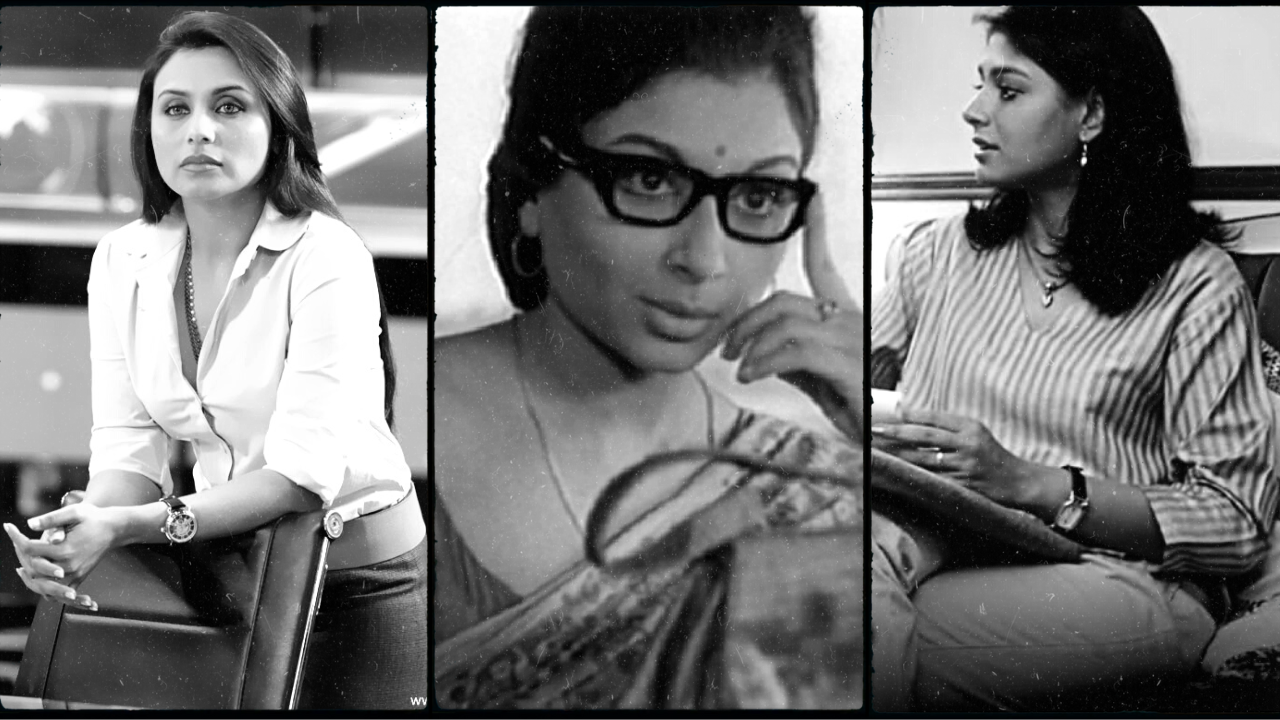Editor’s Note: FII’s #MoodOfTheMonth for January 2023 is Gender And Journalism. We invite submissions on this theme throughout the month. If you would like to contribute, kindly refer to our submission guidelines and email your articles to shahinda@feminisminindia.com
It’s a truth universally known but rarely acknowledged that women’s absence in the media is desperately felt and their presence much needed. Women’s magazines back in the day consisted largely of severely bankrupting accessory recommendations and insidious body shaming. While they marked a space for women in media, they did characterise interests associated with men as “news” while issues concerning women were usually relegated to the “lifestyle” sections. Ever since then, whether we know it or not, we have desperately wanted to see women catch up to the level of public self-expression that men have been so comfortable with.
Passive empowerment
When we look at pop culture in general and Indian cinema in particular, we often encounter an often-reported cliché: how the cis female reporter is seldom associated with intellect, wit or a knack for the right to information. While women did find a new voice playing headstrong journalists; their roles were no longer restricted to that of the masculine female or worse the love interest, we oftentimes see these women being handed out what one calls passive empowerment in what becomes a powerful enactment of the male gaze. Which in turn triggers women’s desire to adapt themselves to and cater to male needs.
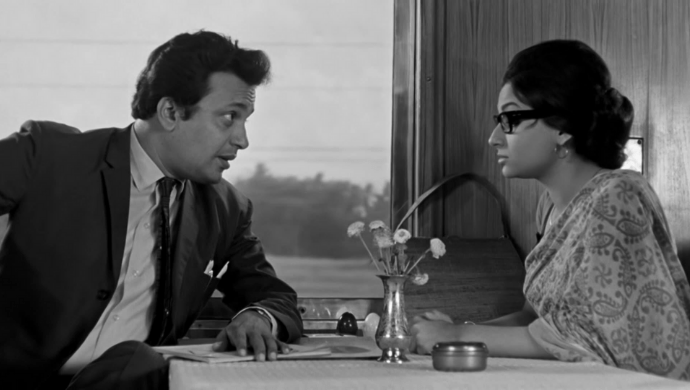
In Satyajit Ray’s Nayak, Aditi Sengupta played by Sharmila Tagore is an editor of a leading modern women’s magazine and she wishes to interview Arindam Mukherjee played by Uttam Kumar because she believes it will attract more readers. She evolves to be a sort of conscience keeper to the troubled hero. Similarly, in Rituporno Ghosh’s Shubho Mahurat, Mallika Sen played by Nandita Das is a journalist, journalism which is not politically engaged but concerns itself with the circling of celebrity gossip and in this case murder mysteries.
Of course, Ray and Ritu da are known for their portrayals of empowered female leads who simultaneously internalise, resist and ultimately subvert the hegemonic discourses around them. But what are the complexities of such empowerment?
Both characters are faced with choices. For Aditi, it was the choice between exposing the vulnerabilities of the hero to curious eyes or being empathetic, for Mallika regrettably, it was between two love interests. Since we continue to equate empowerment with the ability to choose and with women’s ability to make decisions, is one truly empowered in and by such a choice?
Also Read: The Curious Case Of Trans* Representation In Media
Well, firstly, the choice argument is fundamentally flawed because it tends to assume a level of unmitigated freedom which simply doesn’t exist for all women; the choice is not a liberty that all women enjoy. Yet, women choose. Fries over boys over beliefs over aspirations over domesticity over journalistic integrity, choices that are shaped by unequal conditions and a more pervasive, systemic oppression. Also, more choice means empowerment is problematic because sometimes all the choices are equally unacceptable alternatives.
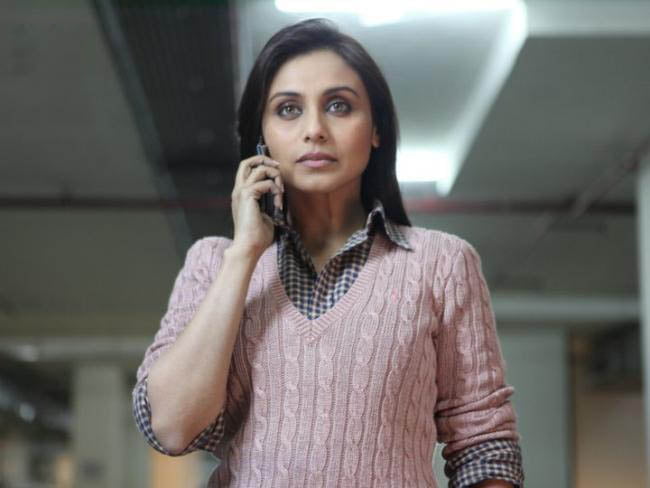
Aditi chooses to let the hero preserve the façade and suppress the story. Liberal feminism may question her journalistic integrity especially for choosing a man. But had she gone ahead and published it, she would be called conniving and selfish. Because let’s face it empowerment is often masqueraded as feminised virtuous work. Also, the focus on choice and agency has paved the way for a perverse game of victim blaming that vitiates the real-world problems faced by women: If you’re unhappy about how things are going for you don’t blame patriarchy, misogyny, sexism, pay gap, the government, misrepresentation or underrepresentation, blame yourself because you made that choice.
Also Read: Cinema’s Gaze On Women: Representing Women On The Silver Screen
This is not to say that choices are bad. Women deserve better than to be individuals who choose and yet whose choices are questioned/judged anyway. This is just to say that empowerment is a politically and culturally loaded word and while empowerment may include a matter of being able to choose, it’s not restricted to that because it doesn’t bother itself with intersectionality or inclusion.
Women do it all but they can’t have it all
The films show very little about what becomes of these two journalists in terms of their careers. We never get to know whether Mallika succeeds as a journalist or whether Aditi retains her job as the editor because it doesn’t matter; the films are not concerned with that. Mallika solves the mystery with a little help from her aunt. Aditi tears up the interview.
In Bol by Shoaib Mansoor a female reporter succeeds in proving the innocence of someone supposedly accused of homicide. In No One Killed Jessica Meera Gaity successfully serves justice. Women have always been praised for getting it all done. But instead of applauding women for overdoing (and men for doing the bare minimum), it’s important to understand that the idea of doing it all is not a lie but a partial truth. We shouldn’t be telling women that they can do it all because that would imply that women are to be blamed if they are unable to rise the ladder as fast or successfully as their male counterparts and also solve crimes, have families, have a home life and approximate idealised images of beauty.
Food for thought
We also have Amar, a program executive at All India Radio played by Shah Rukh Khan (who is as charming as ever) from Mani Ratnam’s Dil Se, a film that capitalises and exploits the collective trauma of a state just for the sake of aesthetics. Amar as a journalist does nothing constructive throughout, in fact at one point you’ll forget he’s a journalist because he’s illogically obsessing about another woman and becomes this creepy stalker who cannot take no for an answer.
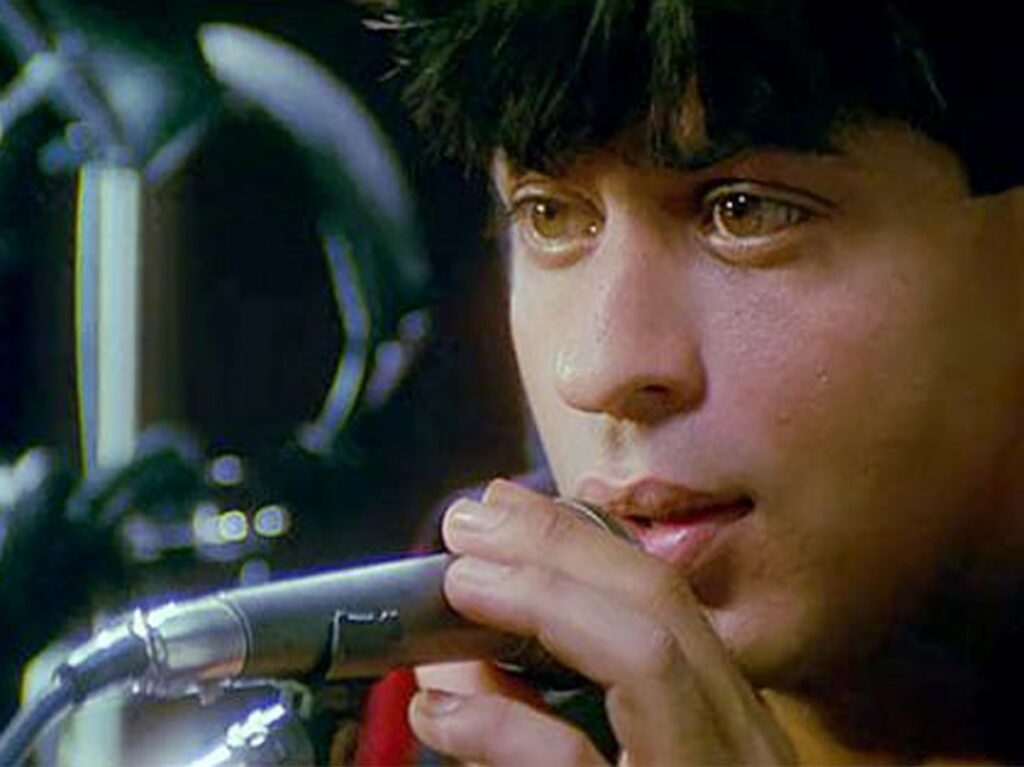
In the end, he dies a romantic hero destined for greatness. Despite the crisis of journalism, the film won several Filmfare Awards and National Film Awards.
Decolonising modern journalism
Why do female reporters face so much violence? Why is there a lack of queer representation in media? Moreover, why is queering discourses like journalism necessary?
According to an India Today survey, almost three-quarters of the female workforce in journalism face gender-based violence online. It might be beneficial to look at gender and journalism through the lens of decoloniality and to contest the universal claims and sanctioned, political epistemic violence of modernity.
Modernity is a Eurocentric phenomenon that originated with industrialisation and a system of power and violence to accomplish expansionist goals. Following the Eurocentric logic of progress, civilisation and modernity and the capitalist logic of ownership and exploitation, nature for westerners like Francis Bacon evolved to be something to be dominated.
The binaries of Nature and culture came to be perceived in gendered terms. (One cannot possibly forget the portrayal of the tribal girl Duli in Aranyer Din Ratri (Days and Nights in the forest) by Sunil Gangopadhyay and later by Ray whose ‘natural‘ sensuality fed the imagination of the elite, urban, educated middle classes for years.) The sanctioned violence that so many women experience today is a by-product of colonial modernity.
Also Read: Cyber harassment, Trolls, And Cancel Culture: A Lingering Threat To Women And Queer In Journalism
Equating ‘rationality‘ or ‘objectivity‘ with masculinism has also led to the exclusion of women/queer people who do not subscribe to heteropatriarchal normativity. The rhetoric of modernity/coloniality has for long naturalised the Western idea of both patriarchy and gender. It might be important to decolonise gender as a, in Maria Lugones words, “lived transformation of the social” and accept any and every opposition to the coloniality of gender.
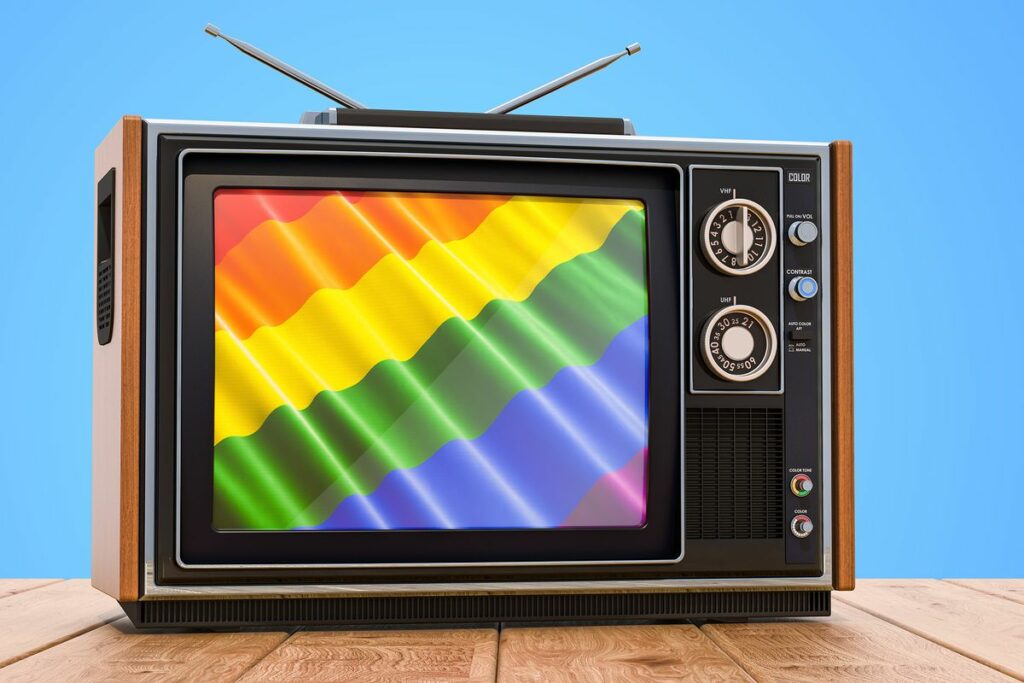
Queering journalism and decolonising it in the process will aid knowledge production from within, knowledge produced by subjects who live the reality of violence and oppression every day instead of how knowledge about marginalised people is collected, classified, and then represented back to those at the centre. The knowledge that dismantles Western ideas of progress, binaries and hierarchies and believes that the world is something we can all collectively build, and not just endure.
